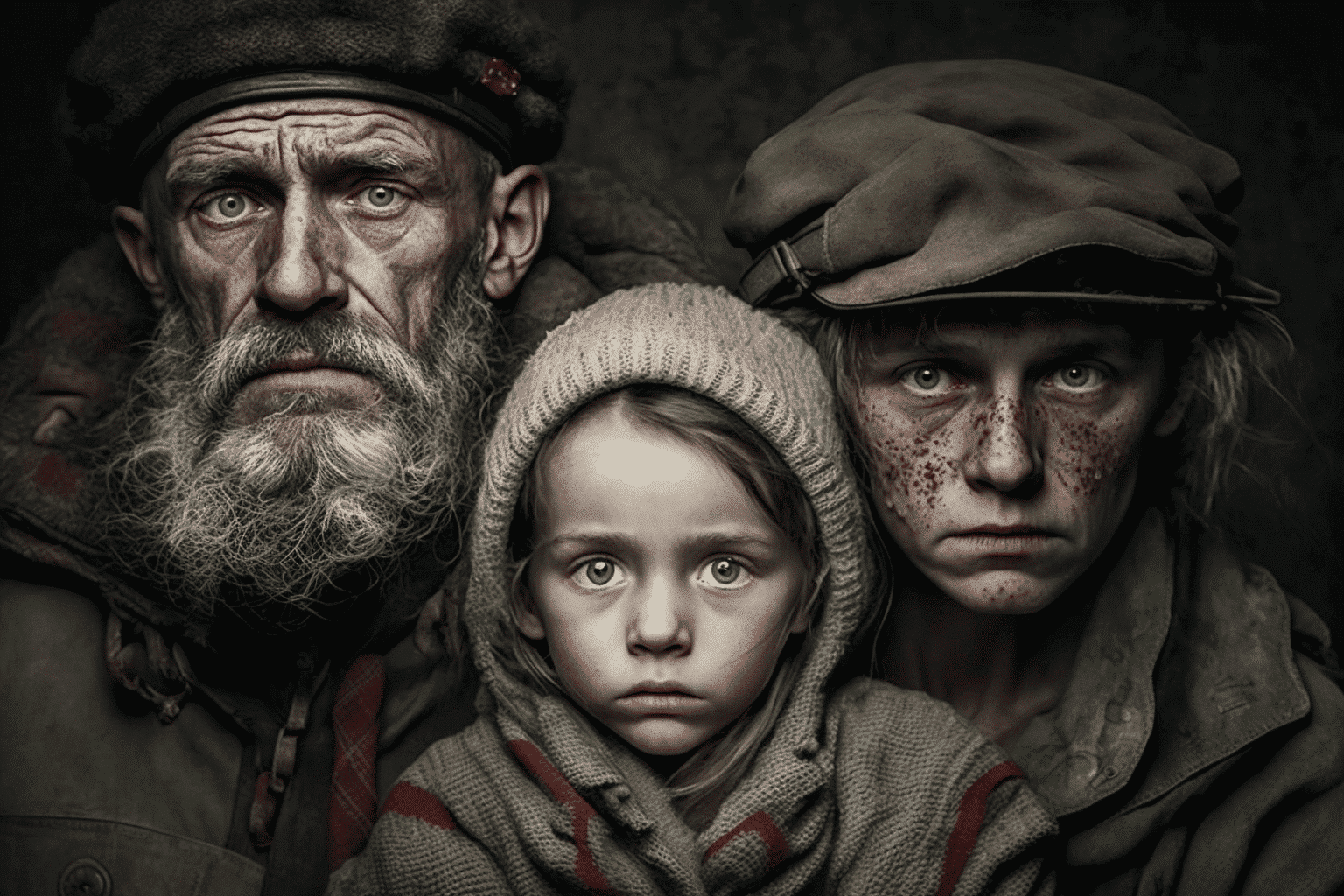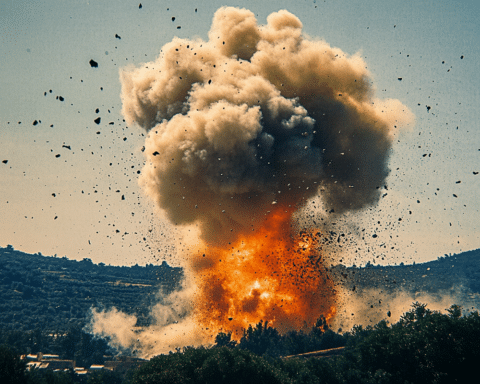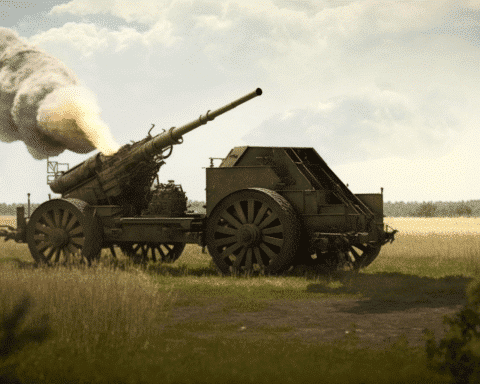A Ukrainian woman and her Russian husband began visiting their home after Russian forces occupied the Kherson province in southern Ukraine last year.
They vandalized their refrigerator and claimed ownership of their car. One day, the wife and her teenage daughter were abducted, had pillowcases placed over their heads, and taken away.
The woman was imprisoned for several days, and her legs were beaten with a hammer. She was accused of betraying the locations of Russian soldiers and subjected to electric shocks and brutal assaults with military boots until two of her toes broke.
She could hear screams nearby and feared they were coming from her daughter.
An armed man repeatedly aimed a weapon at her head while she was wearing a bag over her head and with her hands tied. A man started counting, “One. Two. Two and a half,” as a muzzle touched her temple.
A shot was fired into the floor. The torture lasted five days, marked by a sliver of sunlight from a tiny window in the room, but she managed to endure it all because she was aware of her daughter’s presence.
In the end, the woman and her daughter managed to escape the occupied area after being released by Russian officials.
They took a long shower, packed a bag, and fled to Russian-occupied Crimea, then mainland Russia, and finally to Latvia and Poland. Despite being bruised and barely able to walk, the woman was reunited with her son in December in Warsaw.
She and her daughter joined the millions of refugees who fled their homes since Russia launched its full-scale invasion of Ukraine.
Nearly a year has passed since the invasion on February 24, 2022, and millions have fled across Ukraine’s border into neighbouring countries such as Poland, Slovakia, Hungary, Moldova, and Romania.
According to United Nations statistics, about 8 million refugees have been recorded across Europe, with nearly 5 million applying for temporary protection.
The Ukrainian refugees are the largest movement of refugees in Europe since World War II and have been largely met with sympathy and aid.
The Ukrainian refugees continue to suffer from trauma and loss despite finding safety. They are separated from relatives, fearing for loved ones still in Russian-occupied areas or fighting on the frontlines.
Children are separated from their fathers, grandparents, and pets, while some have no family or homes to return to.
The woman from Kherson spoke to the Associated Press this month at a Warsaw counselling center run in partnership with UNICEF, where she is seeking trauma treatment.
She requested anonymity for the sake of her husband’s safety and that of other relatives in Russian-occupied areas. Despite her fear, she says, “Even now, I am afraid. Do you understand?” She wants the world to see what Russian troops are doing.
Ukrainian psychologists often treat refugees who have fled their homes and struggle with grief and loss of their own.
The conflict has taken a devastating psychological toll, resulting in skyrocketing rates of anxiety and depression. Aid organizations, large and small, prioritize mental health for refugees, even as they work to meet their needs for housing, work, and education.
According to the United Nations organization for refugees, more than 90% of Ukrainian refugees seeking refuge abroad are women, children, and the elderly. Many women with higher education have taken on jobs as cleaners or in restaurant kitchens, while the lucky ones are able to continue their old jobs remotely or start new lives.
Despite the challenges of finding work and affordable housing in a city with a shortage of homes and high rental prices, the refugees still dream of returning home. Their belief in Ukraine’s eventual victory helps them cope with their trauma and loss. Many of them suffer from anxiety and depression and struggle.




